
Watch This 2001 BBC News Report on the Emerging Camera Phone Market
A classic news report produced by the BBC in 2001 on the coming of smartphone cameras has resurfaced.

A classic news report produced by the BBC in 2001 on the coming of smartphone cameras has resurfaced.

Like the majestic Canada Goose, I escaped a particularly brutal winter by flying south. As temperatures back home plummeted to a balmy -40 degrees, my plane landed in San Jose, California. San Jose is the West Coast convention center capital of the tech world, and Samsung was there for the brand new Galaxy S24 series of smartphones.

Samsung has filed a patent for a folding smartphone with a rotating camera as well as another for an under-display camera as well as other sensors such as an in-display fingerprint sensor.
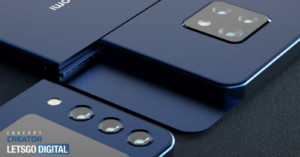
In a play on smartphone design that would make them much more like traditional cameras, Xiaomi has patented a modular smartphone that would accept interchangeable nodes, each one with different functions.

Xiaomi has been granted a patent to develop an under-screen smartphone camera that can rotate and therefore act both as a selfie and traditional rear-facing camera.
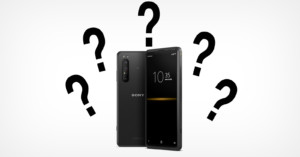
On the same day that Sony announced the powerhouse Alpha 1, it also revealed its latest Xperia phone. While it is technically a smartphone, it functionally is something else entirely.
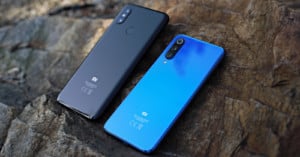
A survey posted by Xiaomi on the social media network Weibo has sparked a flurry of speculation that the Chinese smartphone maker is planning to collaborate with either Nikon, Canon or Hasselblad on a co-branded smartphone camera.
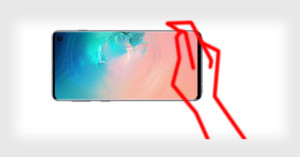
Once upon a time, the biggest problem with camera phones was the camera itself. One of the world's first camera phones, the J-SH04, was released in 2000. Boy have we come a long way, right? It could shoot tiny 0.11-megapixels images. It went up from there.

Qualcomm, which creates mobile processors, is pioneering a new active depth sensor that will probably make its way to Android phones next year via their upcoming 2nd generation Snapdragon processor.
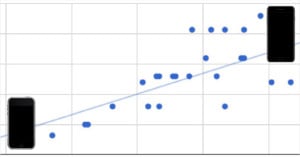
I was curious about how resolution (megapixels), aperture sizes, and sensor sizes have improved on smartphones over time. With the advent of phones with two back cameras with different focal lengths, like the iPhone 7, LG G6 and ASUS ZenFone 3 Zoom, I also wanted to look at how the number of camera modules on a device has increased.

Believe it or not, there was a time when photo sharing was a lot slower than in the age of digital photography, smartphone cameras, Instagram, and Snapchat. In the mid-1900s, instantaneously capturing and sharing photos online was unheard of. Then in 1997, the first camera phone was born.
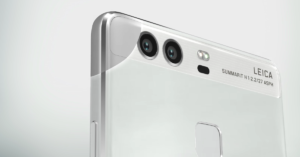
It's been a little over a month since Leica promised to "reinvent" mobile photography in partnership with Chinese smartphone manufacturer Huawei, and today they're following up on that promise. The long-awaited, much-rumored, and much-leaked Huawei P9 has arrived.

If you thought that 41-megapixel camera in the Lumia 1020 was a bit... excessive... then you're probably going to find the newest rumors about the 1020 followup a bit crazy. Apparently Microsoft intends to pack even more megapixels onto the next camera's sensor, making it far and away the highest resolution camera phone in the world.
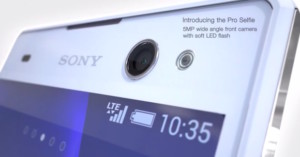
It was inevitable, really. With the advent of front-facing cameras, we should’ve known that eventually a phone would put as much, if not more, emphasis on the front-facing camera as the one in the rear.
The new Sony Xperia C3 is that phone. In an attempt to draw in the selfie-addicted generation, Sony’s latest Xperia C3 touts a wide-angle 5-megapixel front-facing camera with a built-in ‘soft' LED flash.

In 2004, The Daily Show with Jon Stewart took on a burgeoning technology that they saw as a completely nonsensical mix of two things: the camera phone. As Ed Helms puts it in the "digital watch" segment above, the technology "combines the rapid battery depletion of a high-powered digital camera with the image production capability of a phone."
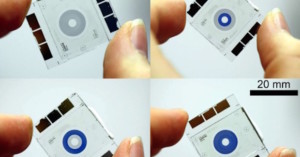
As smartphones have gotten smaller and smaller, the need for the cameras inside of them to shrink has become more pressing. One area where there's a lot of room for improvement is in the traditional mechanical aperture.
As we begin to hit the physical limit of the overlapping blades, researchers at the University of Kaiserslautern have designed an exciting new ‘micro iris’ that uses small chemical rings rather than a physical blades, dramatically shrinking the size of the aperture components in the camera.
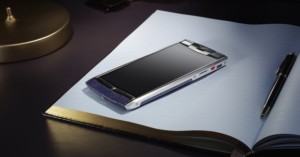
If you bleed gold, sneeze diamond dust, and are aching to get your hands on the latest but probably not so greatest, we have something just for you. High-end cellphone manufacturer Vertu has teamed up with high-end camera manufacturer Hasselblad to create the Signature Touch, a smartphone that sports a Hasselblad “certified” camera.
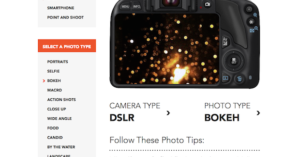
There’s no such thing as too many resources when it comes to learning how to take a good photograph. And here to prove this statement is a neat little pseudo-interactive web guide put together by Shutterfly for those among us who are just starting out.
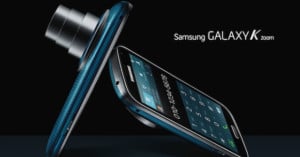
The Galaxy S4 Zoom camera/smartphone officially has a newer, sleeker younger sibling. Announced late last night, Samsung has taken a bit of the focus off of the Galaxy S5's camera issues with the release of the new, 10x optical, 20.7-megapixel Galaxy K Zoom -- a smartphone that truly earns the right to be called a 'camera phone.'
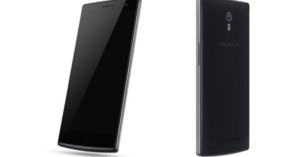
The DSLR megapixel war has slowed down dramatically over the past few years as companies focus on low-light capabilities and other components of the cameras. But it looks like someone forgot to tell the smartphone market.

Trying to keep itself in the high-end mobile phone race, Sony has announced a new flagship phone that manages to pack a great deal of camera technology into a very thin, waterproof package.
While Sony isn't exactly known for their smartphones, it's quite a different story when it comes to their camera technology. Thus, to make use of their consistently improving performance in the photography world, they've decided to bring to life the Sony Xperia Z2, capable of shooting 20.7MP photos and 4K video.

Those who see iPhoneography as some kind of barbarian invasion may want to give their DSLRs an extra hug after hearing this: The venerable British Journal of Photography has launched a new e-magazine all about smartphone photography and available only as an iPhone app.

Here's a little bit of funny to get you through the rest of your Friday and send you off into the weekend in a good mood, because nothing helps alleviate stress like watching other people get the crap scared out of them... photo prank style.
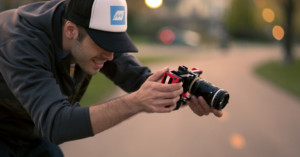
There are all kids of systems for clamping a lens onto a phone, but few are as versatile as the Beastgrip, a Kickstarter project about halfway to delivery stage. Not only will the gadget work with just about any smartphone, it'll also adapt lenses and other accessories you may already have for your SLR.

You've probably seen it, we've written about it, and wedding photographers in particular loathe it, but for some reason people can't stop doing it: getting in the way at weddings to get the perfect smartphone shot of the happy couple.

Back in July, Chinese electronics company OPPO confirmed that it was working on an "N-Lens" line of camera-centric devices that would be the "most important flagship series for OPPO going forward."
Well, the first of these devices has officially arrived, and although it is still more of a smartphone with a camera than a camera that can make calls, the phone packs some interesting features, including (according to OPPO) the world's first rotating smartphone camera.

Attention amateur concert photographers: are you really being as annoying and disruptive as you could be? Because an attendee at a Major League Baseball game may have just set a new high/low at a recent Tampa Bay Rays home game.

A few months ago, an Apple commercial touted the iPhone as "the world's most popular camera." Nokia's new ad for the Lumia 1020 takes a less statistical approach: the company is admitting that the 41-megapixel behemoth is first a camera, and then a phone.
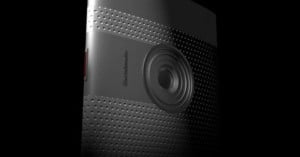
Maybe you've read an article or two here regarding Socialmatic. They're the team who brought us the Instagram-inspired instant camera that made uploading images from a tiny device easy, and even allowing users to print their pictures from the device on-the-fly (more on that here).

Zooey Deschanel is the latest performer to weigh in on concert etiquette, with signs posted at concerts by the actress/singer's indie pop act She & Him asking fans to ditch their cameraphones and refrain from snapping photos.